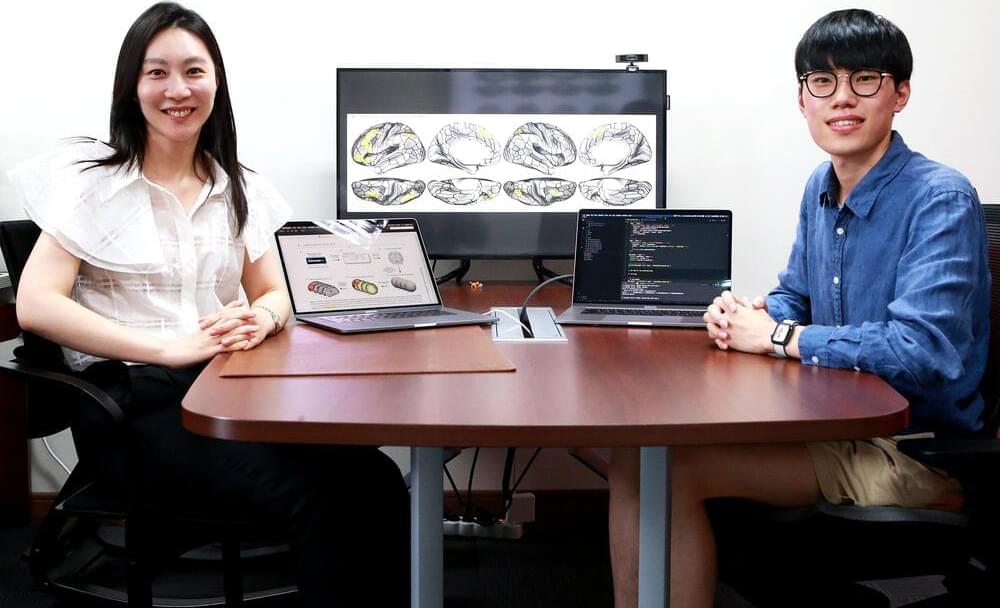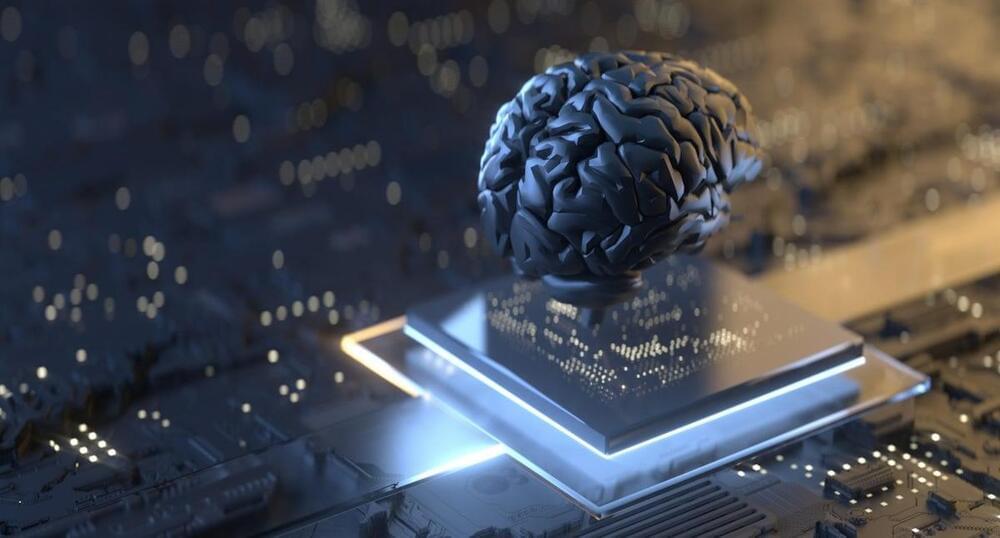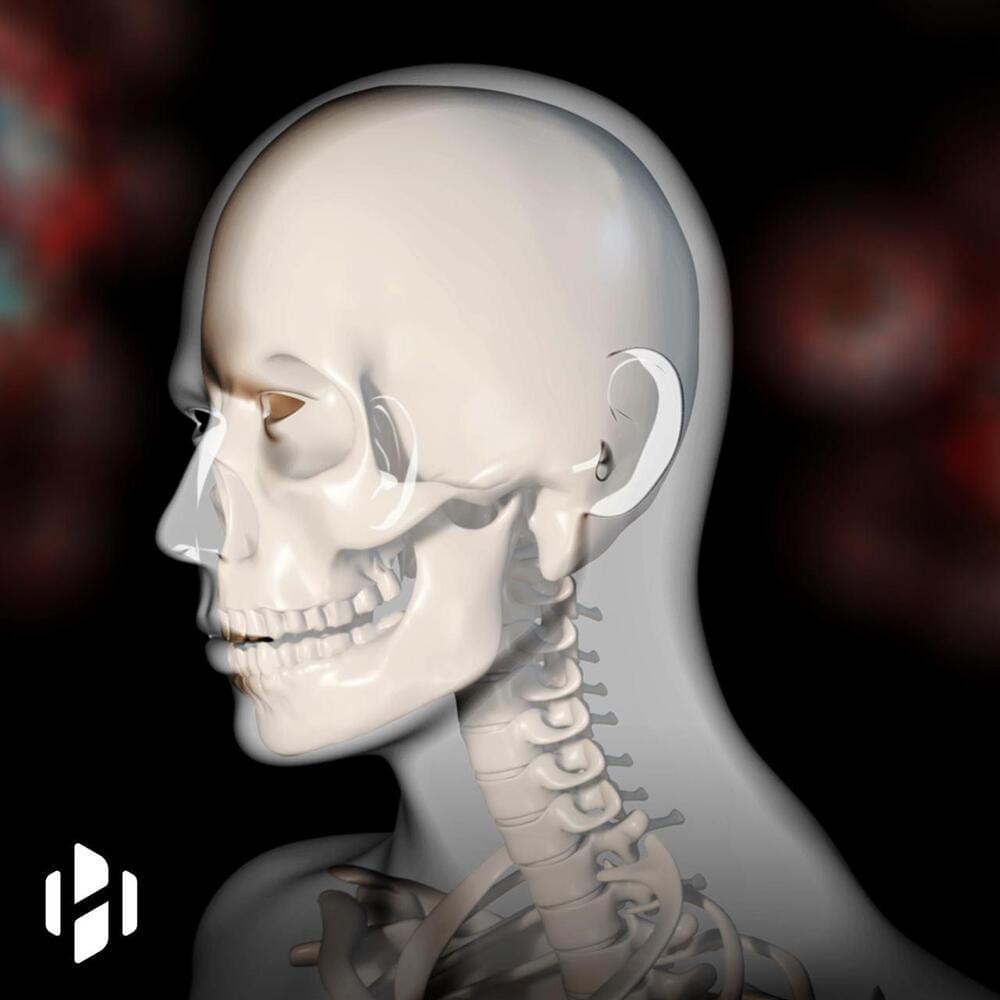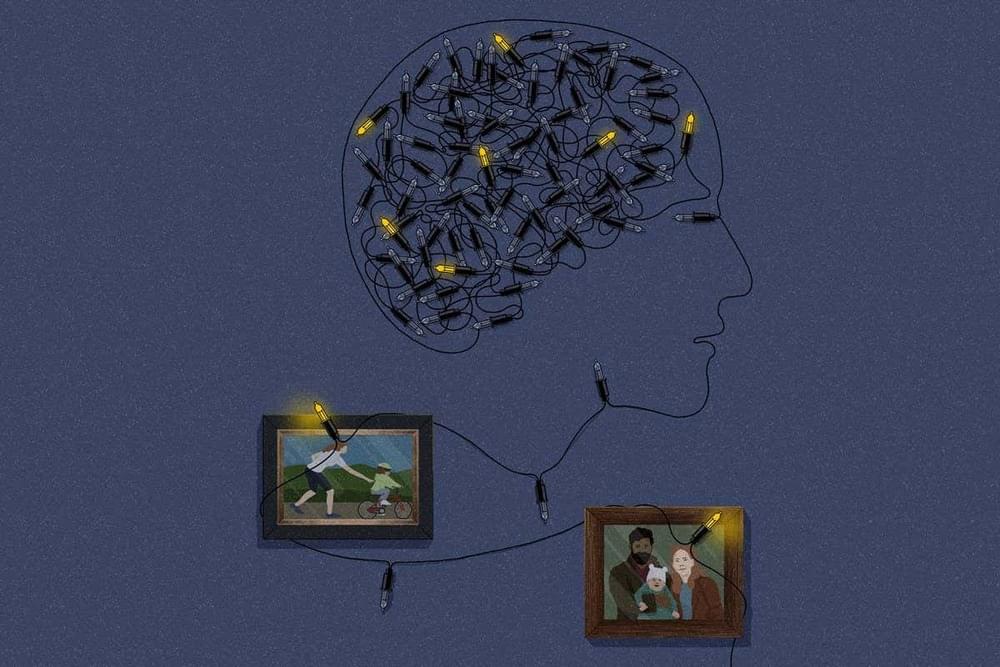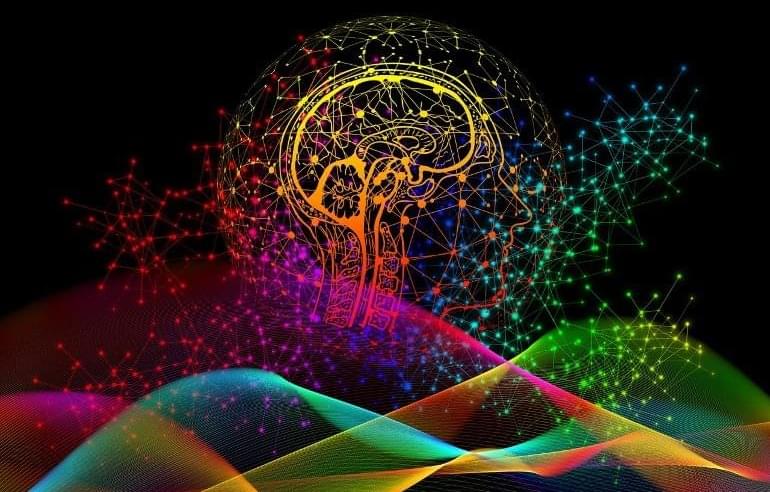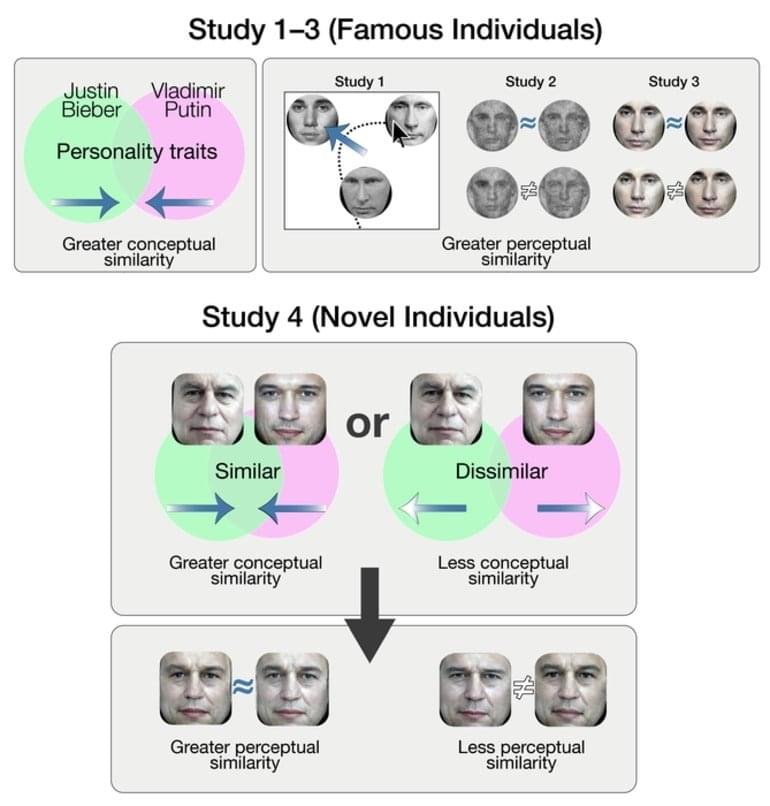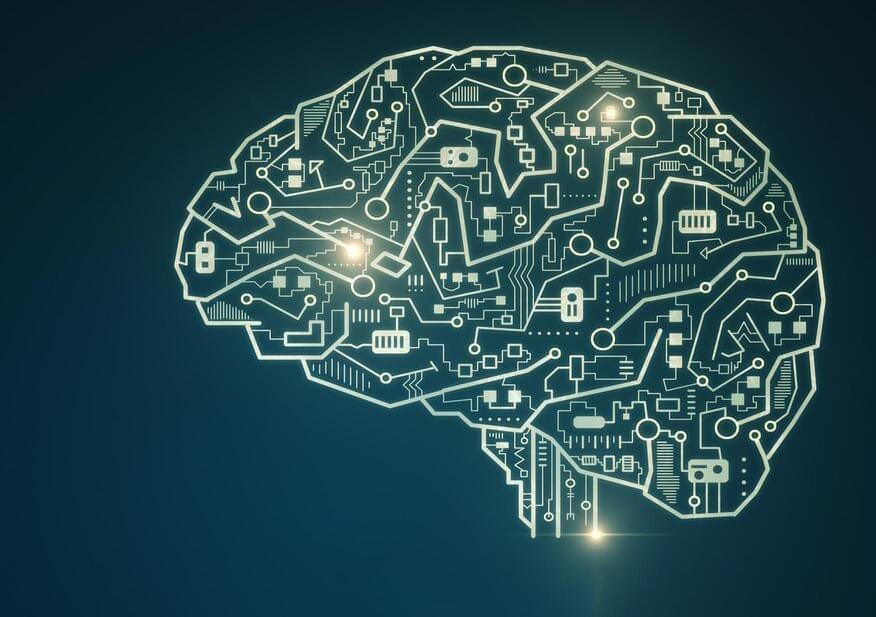Reasoning is an ability that is unique to human cognition. However, despite our advances in neuroimaging techniques, we cannot clearly map the neural regions involved in human reasoning. In a new study, researchers from Korea came up with a new approach to understand the foundations of both inductive and deductive reasoning and identify the major brain areas responsible, paving the way for uncovering the mechanisms of various other cognitive processes.
One of the factors that make us uniquely “human” is our ability to reason, i.e., to cognitively analyze situations, predict possible outcomes, and make decisions accordingly. Broadly speaking, human reasoning can be classified as “inductive,” which involves making predictions based on existing knowledge, and “deductive,” in which definitive conclusions are reached from given premises. However, despite the cutting-edge technology we have at our disposal, neuroscientists are yet to pinpoint where this ability stems from.
Scientists typically use a global approach called “meta-analysis,” a statistical method combining results of previous studies to derive conclusions. However, meta-analyses in this field have not adequately accounted for the complex folded geometry of the cortical surface (the surface of the two brain hemispheres).
